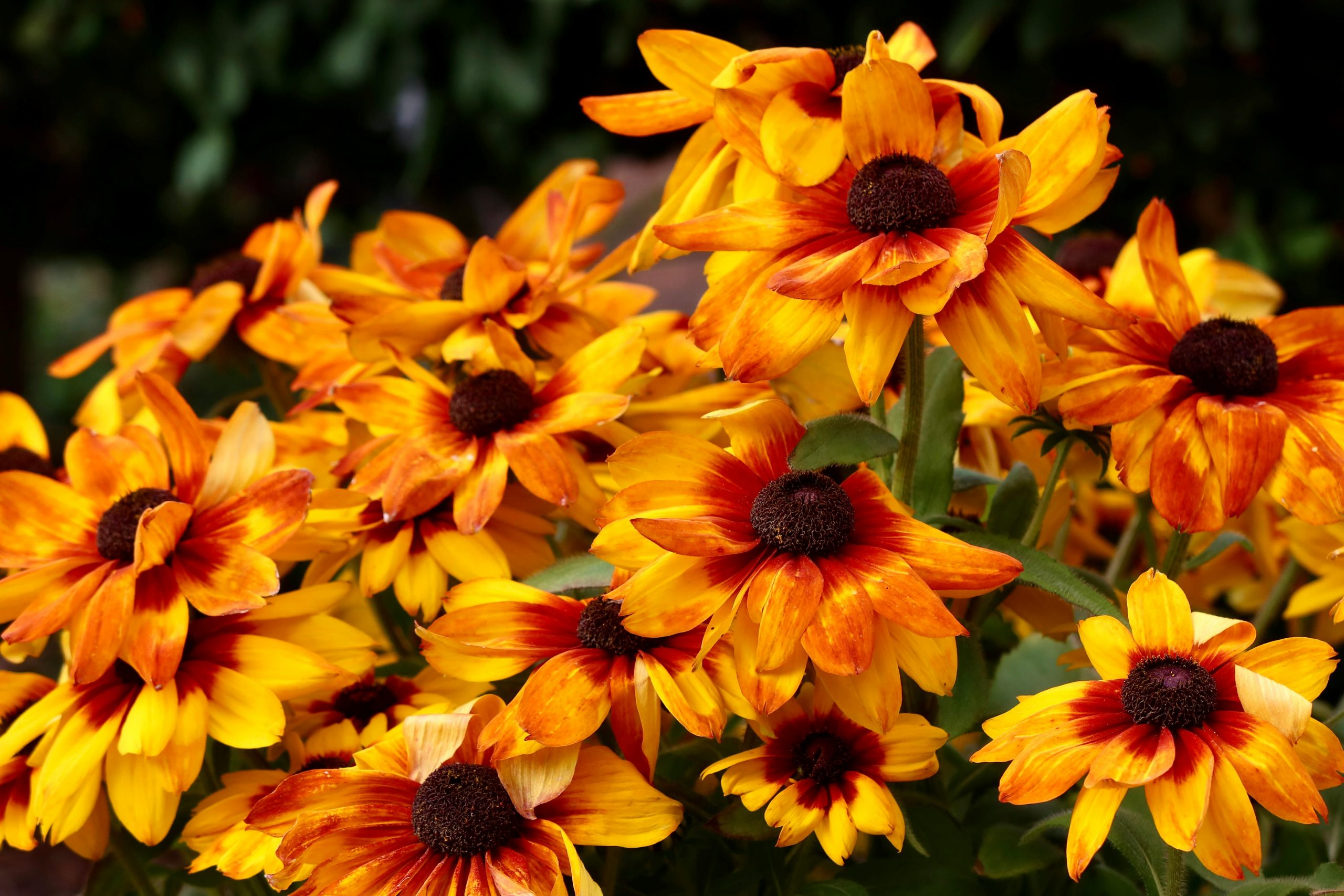Complete Guide to Growing And Caring for Orange Flowers
by Mark Hunt

Lively colour in a?garden is courtesy of orange flowers, and a warm glow fills even the quietest of corners. Their blooms fill the space nicely and establish an aesthetic that attracts both human foot traffic and pollinator support. This also provides those who wish to cultivate these plants with consistent results a useful guide. The sections offer straightforward, easy-to-follow tips for both novice and veteran?gardeners.
Choosing the Right Spot
Proper growth starts with the right site. These are sunlight-loving plants, and a bright spot lets them get off to a good start. The open atmosphere, with continuous exposure to air, strengthens the stem wall. When they are shaded, growth is restricted,?and the flowers are weaker.
Soil choice carries equal importance. Uncompacted soil allows roots to grow?freely. Areas like these, which are free-draining, allow for even moisture without creating pockets of saturation. A gardener mixes coarse matter into heavy soil to make it loose before planting.
Preparing the Soil
If you know how to prepare the ground, that will help maintain the steady growth of the mushroom. Most?gardeners start by removing pebbles and ancient roots. This?is done to avoid competition for space and nutrients. Fertiliser that is balanced makes soil fertile and helps with early growth. The slow-release choices also allow for a longer duration of consistent?nutrition.
While you make the?preparations, the moisture levels must remain stable. In dry soil, water is drawn out from under young roots, and in soaked?areas, the supply of oxygen needed for developing growth decreases. That level of balance?keeps young sprouts healthy during the initial growing period.
Planting Methods
The orange flowers thrive as?seedlings or young plants. Seed growers plant the seed at a shallow depth so that the sun can warm the soil more effectively. During that time, gentle watering will prevent it from moving around and disturbing the initial growth. Seedling trays are great for gardeners who want to control their germination process before planting the seedlings outside.
Plant beds are best suited for young plants once their roots are established. Adequate air circulation is crucial for all plants, and this guideline helps prevent fungal problems. It is common practice for gardeners?to plant during the cooler times of day to minimise the stress of bright sunlight hitting the new plants.
Watering Practices
Water twice a week for longer-lasting blooms. They prefer their soil to be on the moist side, but not waterlogged, as this can be unproductive. Slowly and evenly streaming helps roots grow healthy and does not wash soil away. Roots grow deeper to search for moisture during deep watering sessions, resulting in stronger shoot growth.
Watering in the morning minimises evaporation and provides sufficient?time for the foliage to dry out. Wet leaves into late season increase?the risk of fungal issues. During the warmer seasons, gardeners pay close attention because the soil dries out faster and needs to be checked more frequently.
Feeding for Better Blooms
Nutrients affect the intensity of?colour and size of the blossoms. Plant vigour is maintained by balanced feeding during early growth intervals. A few weeks into budding, a second feeding will help produce richer clusters.
Many gardeners prefer to use a granular feed?because it slowly releases the nutrients. Liquid feed is great for short-term?help in key stages. Cautious dosing helps avoid overfertilization,?which can promote leaf growth instead of larger flowers.
Pruning and Maintenance
Regular pruning keeps them in a tidy shape and promotes?the growth of new buds. Whenever it rains, we sow seeds in our own gardens and keep?our heads up towards the shades of opportunity. They use sharp tools to avoid scratching themselves, which may attract pests.
In addition, mulching will keep soil temperatures controlled and offer a defence against spreading weeds. A thin layer around the base?that protects roots and does not dry out too fast during warm weather. Weeding helps maintain a healthy plant environment by ridding the area of competing plants that absorb essential nutrients.
Common Problems and Simple Fixes
Minor Issues With Orange Flowers: Pests, such as aphids, may cluster on the soft stems. Mild washing or horticultural sprays are non-toxic and do not injure petals while eliminating such invaders. Fungus typically appears during hot, humid periods when leaves remain wet for more than a day. This can be avoided by adding wider spacing between the plants and maintaining proper watering habits.
Pale blooms can also be seen as a result of nutrient-poor?soils. Renewed feed?replenishes colour and reinforces development. If the leaves turn yellow, it means there is too much water or poor drainage, and the gardener needs to adjust their watering habits or improve the soil structure.
Seasonal Care
Changing seasons bring new requirements. It is the perfect time of year for planting and fertilising. They need regular watering in the summer, checking to see if the soil is as dry as it seems, and pruning every so often to promote further blooms. Slowly reduce feed in the fall to prepare plants for cooler evenings. Regional practices for winter care vary, but many gardeners protect their roots with mulch to insulate them from the chill.
Conclusion
Orange flowers bring steady joy to?any garden. They become?a simple backdrop as their glow illuminates the surroundings. With the correct soil, occasional fertilisation, and sensible watering and handling, these plants thrive. By using a little patience and adopting good habits, any gardener can reap bold clusters year after year.
Lively colour in a?garden is courtesy of orange flowers, and a warm glow fills even the quietest of corners. Their blooms fill the space nicely and establish an aesthetic that attracts both human foot traffic and pollinator support. This also provides those who wish to cultivate these plants with consistent results a useful guide. The…